(Names changed for confidentiality purposes)
Tattoo 1
John initially came into the studio seeking a tattoo of a symbol from a game that he plays as part of the larger online gaming community. The symbol was circular in shape, with a figure of a coloured fist in the centre and a blue colour in-between the fist and the circle. Carrying a nervous disposition and some difficulty with speech due to a stammer, I tried to adopt a lightness of tone and to have a consultation away from the studio desk area (where they are typically conducted) in favour of the seating area. This was to ensure a more informal setting that I hoped would make John feel more comfortable. After a few minutes’ discussion of size and placement, John was advised to book 3 hours, which would total at £120.
On the day of Johns appointment, the regular procedure that is undertaken for each tattoo was followed – the work station was prepared and sterilised, before the pre-printed stencils of varying sizes where shown to John for his selection, each of which were placed against the part of his arm to be tattooed as an indicator of how they might appear on the body. Once selected, the image was placed through the thermal copier machine to create the transfer, that was then applied to the intended body part, and after a 10-minute waiting period for the stencil to dry, tattooing commenced.
The process begins with the black coloured outline, before moving on to colour, working from the darkest to the lightest tone to avoid causing any ‘murkiness’ in appearance. During the tattooing process, conversation ensued surrounding the design choice. John was in his early twenties, and a part of the online PC gaming community. He told me how he was getting this tattoo ahead of his upcoming trip to Center Parcs, where he and a few others who also play the game from which the symbol is from where going together – all of which were from different parts of the UK. His choice to get the tattoo of the gaming symbol prior to his holiday was in part an effort to express his commitment to the community to which he is involved.
Part of my social development as a practitioner in a service industry involves ensuring client comfort through attempting to relate. Though not at all interested in gaming to the same extent as John, and so unable to offer much to the conversation in such a regard, I mentioned that I had a strong desire to play the game ‘Street fighter’, that is rooted in a romanticised nostalgic memory of playing the game as an adolescent. John transpired to be very knowledgeable about ‘Street Fighter’, and a prolonged period of time was spent in discussion of our memories of the game.
As the conversation developed, John began to ask about my job as a tattooist. He had looked at my work via my ‘Instagram’ page after booking an appointment, as my ‘Instagram’ link is stated on my business card. He noticed that many of the pieces I had created where in black ink only, and stylistically different from the piece I was doing for him, and he was curious as to what made me take on his brief. I explained that the skills required to complete his tattoo could be considered that of a craftsperson – insomuch as the design was already produced and decided, and it simply required a practitioner who was able to work with the materials of tattooing in a skilled manner to create it for him. I went on to explain how although my personal taste maybe more accurately reflected in some of the pieces I had included in my ‘Instagram’ portfolio, I was capable of tattooing in other styles also, and that my thoughts on the tattoo output are of secondary value to the client. I expressed that I was simply grateful to be tattooing, and would only take on work that I felt I good do a sufficient job of.
As I informed John of this, I recognised a slight emotion of guilt that was rooted in the knowledge that other more experienced tattooists in the same studio would have been able to produce the tattoo to a higher standard in regards to line quality and colour saturation, but I had taken this job on myself as I had dealt with the initial inquiry and believed I could produce the tattoo suitably. The desire to take on the job in the knowledge that others could produce a better output was not simply for financial sustenance alone (though this may often be the case in similar scenarios with many tattooists), but also to adhere to the pressures of working as a junior tattooist in a successful studio filled with more qualified practitioners, displaying a degree of confidence that demonstrates a desire to be successful and generate income for the studio.
As I looked at the tattoo I was producing and noted the comfort that John appeared to be in on a social level comparative to his arrival, despite the physical pain generated for a long duration, I considered how the tattoo experience is more than simply the output of the interaction. As John had trouble with speech occasionally and had vocalised having issues with sociability, I made it my intention to create a space for him to feel comfortable as far as possible, and engaged in conversation. I considered some of the tattooing experiences I have had, with some of the most respected tattooist internationally, and how some of them appeared to not care for the psychological comfort of me as a client in a way that I aim to do for my own clients.
Though I am very pleased with the outcome of tattoos from such experiences, the tattoo as a material form is also associated with the memory of a largely negative experience in which I was made to feel inferior or considered as indifferent through lack of interaction, or the audience of egotistical ramblings. When looking at my own tattoos, I recall the experience of getting them, and thus perceive them differently to how I would have, had the tattooist conducted themselves in a different manner. I considered how my attempt to bring myself to the experience of tattooing in such a way that increased the likelihood of a more positive memory for the client could be considered a credential that is valuable to the role, but harder to express in material form.
As John and I continued discussing tattooing, he stated that he really liked the style of the work I was producing as a visual artist / designer, and that he would like to have another gaming tattoo produced in a similar style to my own. John then stated he would like to have a ‘Street Fighter’ character piece tattooed somewhere on his body, and I suggested that above the ankle would be a suitable placement due to the size of the area and the size he wanted the piece (relatively small, meaning that somewhere such as an arm would make the piece look lost). As the tattoo experience ended, John stated that he would consider a further tattoo based on our discussion, and wanted to spend some time deciding on a character to be depicted. After receiving aftercare instructions, John had informed me he would be in touch in the future to book in for his next piece. The finished tattoo appeared suitable to fulfil what he required, and I contemplated how if he was unhappy with it, he would not be considering returning to get another piece from me.
Tattoo 2
A few days later, I received an email from John regarding his character choice for his tattoo. He had selected a character named ‘Vega’ that wore a face mask and a claw, which he deemed to be suitably visually interesting. I invited John to come to studio to discuss further and make a deposit to secure the booking. A few days later John came to the studio, and we discussed the size and specific placement of the tattoo. On the character selection screen of ‘Street Fighter’ games, the player icons are made to face opposing each other to indicate that it is ‘x’ vs ‘x’. John and I considered how as a placement choice we could make it so that the tattoo he gets of ‘Vega’ on his right ankle could be joined by another character being tattooed in the future to echo the way that the selection screen appears.
Enthusiastic about the idea for placement, John booked in his first appointment, with the intention of booking in for another in another in the near future in the equivalent place of the opposite leg. On the day of the appointment, the regular procedures were followed of preparing the skin area, placing the stencil on the leg, and performing the tattoo. The character of ‘Vega’ was positioned to face outwards from the inside of the lower left leg. The size of the design was dictated by the area in which it would be placed (in addition to client budget and preference), and as a single tattoo, appeared to read better positioned in such a way compositionally. On leaving the studio, John expressed that he would be back in the near future to book in for another piece.
After a few days, John emailed to inquire about coming into the studio again to chat. Though emailing ahead to meeting is not necessary, I had noticed how John appears to feel more comfortable with a formally arranged meeting than just simply, ‘turning up’. We arranged a time and date for a consultation, which John turned up for punctually. With many clients, the consultation takes place stood up over the desk area, however as I had sensed in the past that John is more comfortable talking when seated, I asked him to take a seat in the studio waiting area, where I joined him and offered him some water from the cooler. He showed me how his almost-healed tattoo, which he seemed happy with, and we discussed another character to add to the opposite leg. Unsure of his selection at that point, but sure that he wanted to be tattooed, an appointment was made for the following week, with the request for a decision a few days later to allow sufficient time to produce a drawing.
I received some image reference from John a few days later, and created a stylised version of the character of his choosing, in a style that was visually similar to the tattoo I had created on Johns other leg. The character of his choosing is named ‘Akuma’ and has notable jewellery around his neck in the form of large wooden mala beads, that make a visually engaging composition. The stencil for the tattoo was created from the source image that John sent, and drawn using a calligraphy pen to create a varied quality of line, with a design that celebrates the qualities of the ‘unfinished’ and the ‘sketch-like’.
John turned up on the day of his appointment, selected the appropriate size for his ‘Akuma’ tattoo, and the stencil was then placed on the body. It was at this point that I noticed that the position of the figure was not consistent with the tattoo of ‘Vega’. Although the intention was to make it appear so that the figures were facing each other in a way that emulates the character selection screen of the game, the way that the body frames the tattoos meant that this wouldn’t appear compositionally ‘right’. Upon noticing the contrast, the design was taken back onto Adobe Photoshop, where it was flipped at the exact same size, and printed again to be made into a stencil for a tattoo of consistent orientation.
I considered in this time how tattooing is unique in that the body dictates an element of the design choice, in contrast to the traditional 2D surfaces such as paper or canvas. The body is also asymmetric to varying degrees, with centre points often being relative to visual perspective and bodily stance. In this circumstance, John and I agreed that the choice we had taken made more sense, and that should another 2 characters be added to his ankle area, they could be on the outer sides and thus fulfil the original aim to emulate the character selection screen of ‘Street Fighter’.
We proceeded to complete the tattoo, with John also interacting with other members of the studio surrounding their mutual interests in TV series and games. I noticed that in this instance John appeared to move more during the process, making tattooing more of a challenge. After moving fairly frequently, I witnessed myself feeling irritable, and simultaneously feeling annoyed at myself for feeling irritable. I understood that the area I was tattooing was prone to create involuntary movements and can be painful, and understood rationally that the movements where not the result of any lack of attempt to stay still. Despite this acknowledgement, I found myself feeling frustrated by the consistent movements, and noticed myself being less engaging with John in the way that I would have liked to have been. In the realisation of this, the frustration turned towards myself; in the moment of tattooing, with the full awareness of the permanence of the medium and the trust placed in me by John to create the piece successfully, I felt that any deviation in the design from my intent, based on client movement, was a failure.
I considered my feelings towards the tattoos I had got from tattooists I admire, but that bring to mind not necessarily pleasant experiences, and felt a sense of guilt for potentially creating a similar experience for John. I also felt a sense of ignorance for not taking into consideration that tattoos are not just produced on humans, but by humans, who may have a range of factors affecting their conduct, which may account for some of my personal negative experiences. Fortunately, my irritability did not seem to be picked up on by John, and he seemed very satisfied with both the outcome of the tattoo and the tattooing experience.
As John left, I thanked him for getting tattooed by me, and he told me that he would be in touch soon with other ideas. My experience of tattooing John on 3 separate occasions made me consider how clients can become established based on more than just the tattoo as an output, but on their relationship with the practitioner. The tattoos that I created for John on the second and third occasion where never Johns intentions when he first came in to the studio, but resulted from the initial interaction. I also considered how the experience on the third occasion made apparent that the body as an object has a level of design input, as the tattoo is restricted to the confides of form and flow.
My awareness of my ‘shortness’ of attitude with John made me feel regretful of my conduct and lack of ability to override my egoic response to his movements, despite being aware that tattooing is a painful and durational process. The transactional nature of tattooing as an industry requires a level of professionalism as a service, however to divorce the fact that tattoos are produced by humans and on humans results in only a partial understanding of the nature of the role. My experiences with John as they have been recorded here, serve as an example of the layers that exist in tattooing practice, and as a reminder to myself for how to improve my role as tattooist on a material and social level, as well as recognising aspects of myself that are not serving my personal growth.
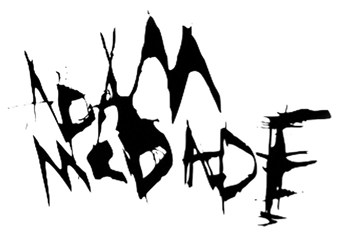
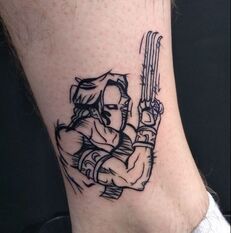
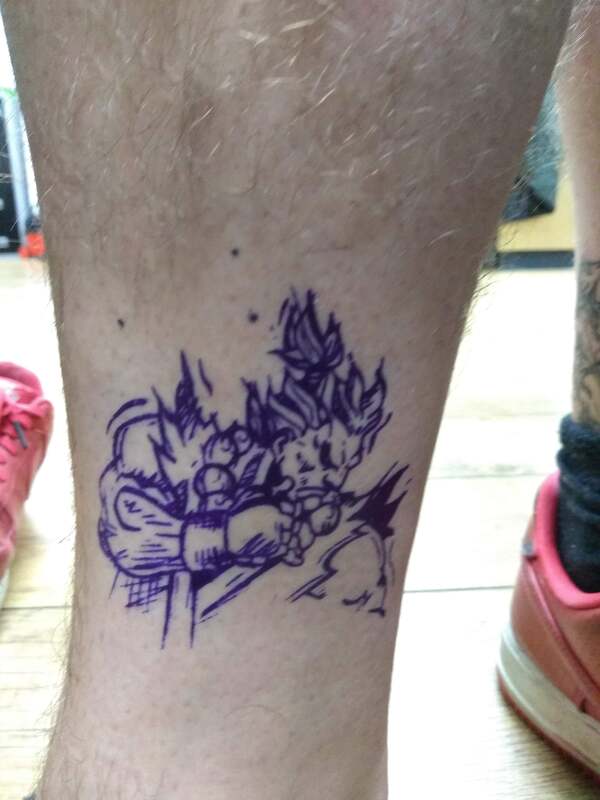
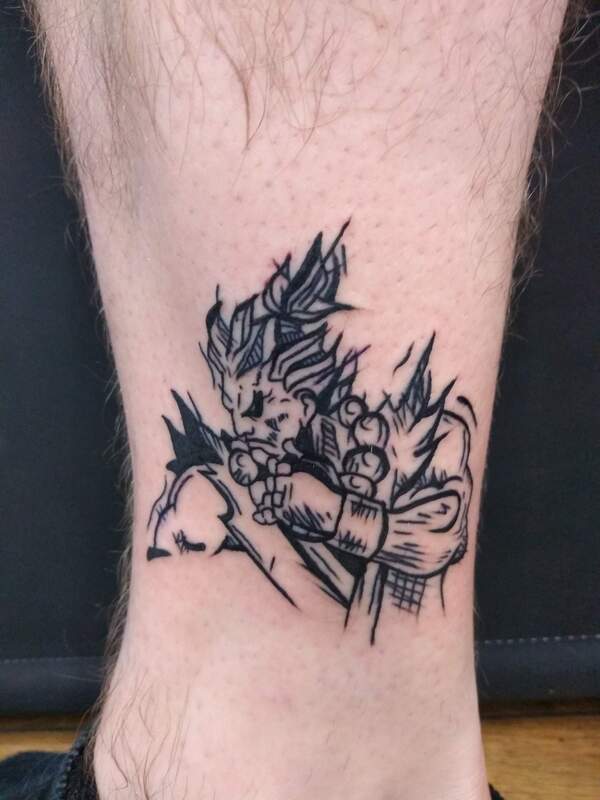
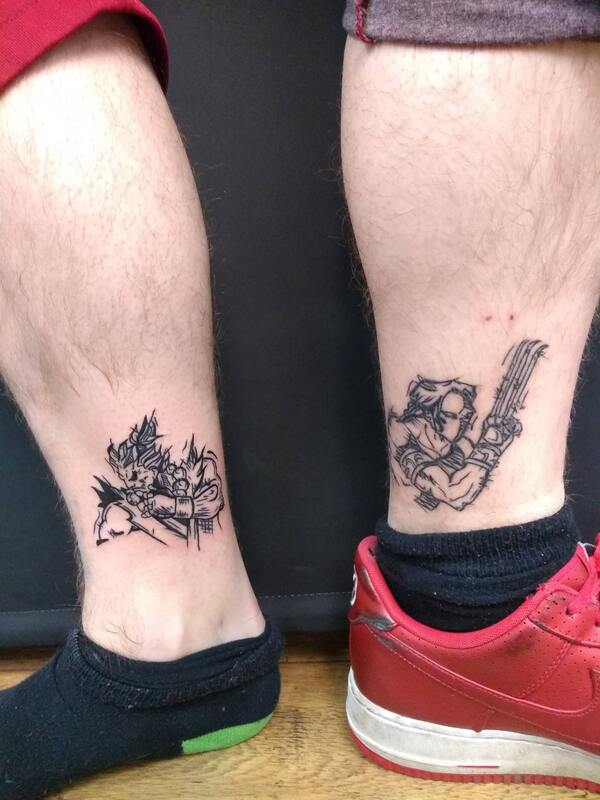
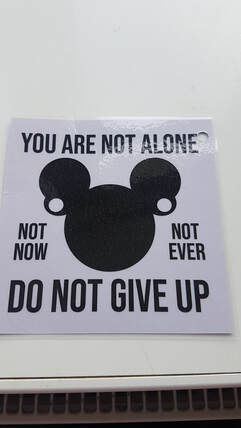
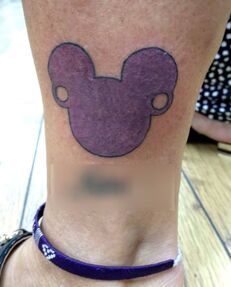
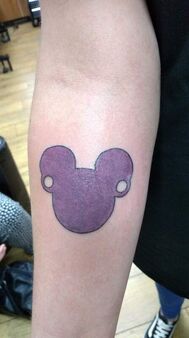
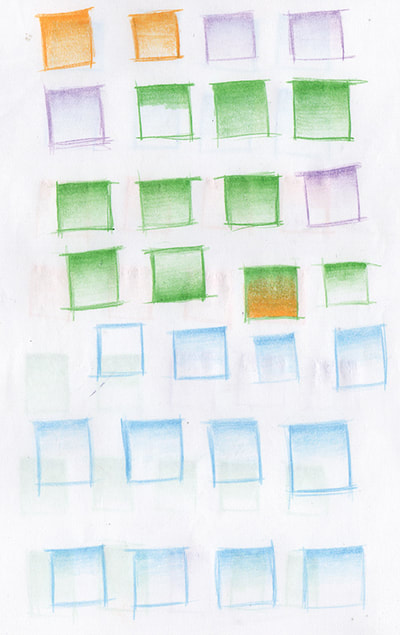
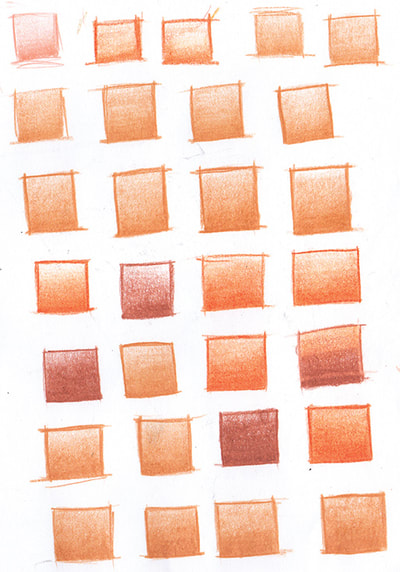
 RSS Feed
RSS Feed
